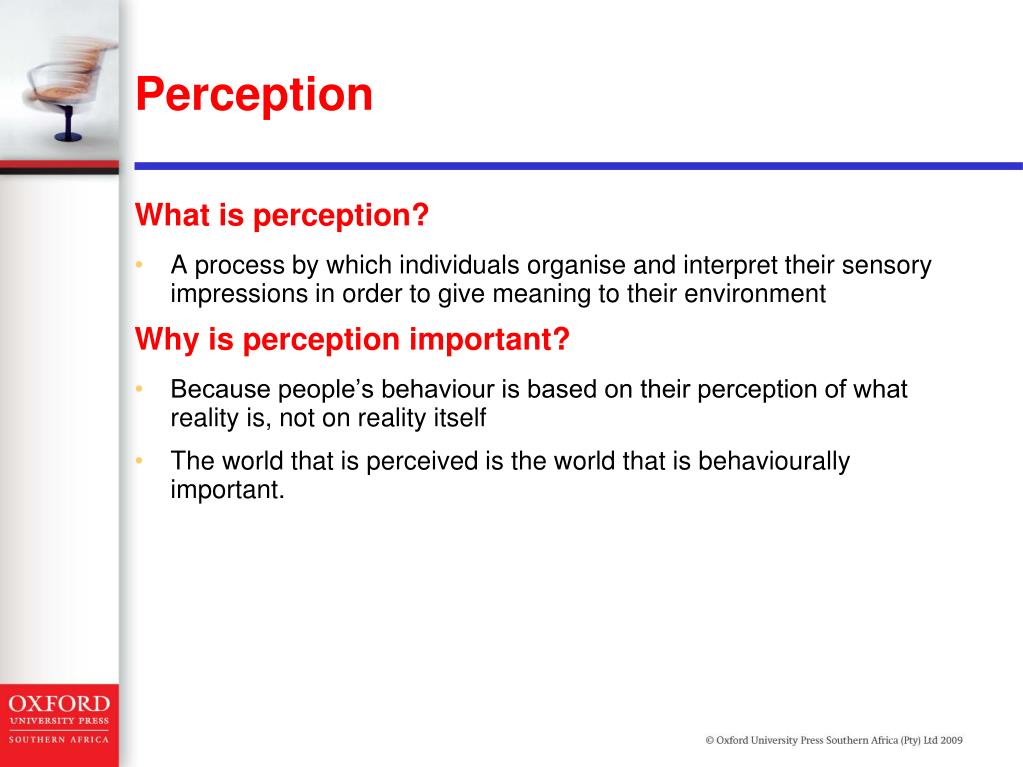

Here are a few examples of popular visual communication presentation types. If you want to choose the right form of visual communication, you need to consider your audience's background, the purpose of your communication, the manner in which you collect your statistics, and so on. Visual memory: Memorization involves understanding a form (letter) and a sequence of states (words) and returning to them when seen again.įorms of visual communicationVisual communication comes in a variety of forms.

Visual sequencing: Ordered perception of objects. Visual closure: The object, letter, or number must be recognizable even without seeing the whole thing.

Spatial relations: Recognizing where objects are located in space. Visual discrimination: Detail awareness-the ability to distinguish shapes, sizes, colours, or other features of objects.įorm constancy (form discrimination): An ability to recognize objects in different orientations or formats and distinguish them according to their positional aspect.įigure ground (foreground-background differentiation): Focusing on a selected target while eliminating or ignoring irrelevant information. There are several key components of visual perception: A student who lacks accurate visual perception will have difficulty reading, following directions, copying from the whiteboard, visualizing objects, having good eye-hand coordination, and understanding where sounds are coming from when they hear them (like cars flashing their lights). Processing visual information contributes to learning. Most people would agree that visual perceptual skills are crucial for academic success, since reading is impossible without adequate visual perception. Perceptual skills encompass organizing and interpreting the information we see in order to give it meaning. The perception which is incomplete or incorrect may result in difficulties with reading, spelling, handwriting, mathematics, and comprehension. Perception refers to the act of taking in one's surrounding environment. Visual perceptionSeeing and interpreting (analyzing and interpreting) visual information is what is meant by visual perception.


 0 kommentar(er)
0 kommentar(er)
